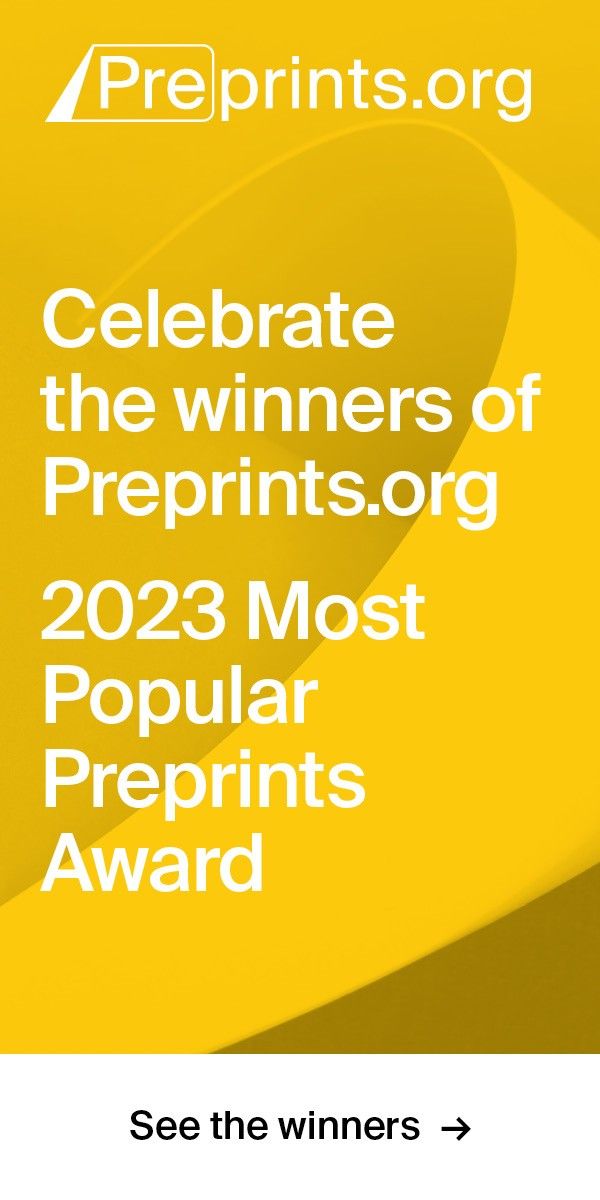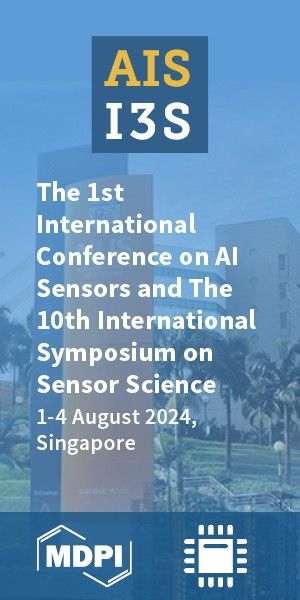Review
Version 1
Preserved in Portico This version is not peer-reviewed
Hybrid Physical Gels from Polymers and Self-Assembled Systems: A Novel Path for Making Functional Materials
Version 1
: Received: 22 March 2018 / Approved: 22 March 2018 / Online: 22 March 2018 (13:01:15 CET)
A peer-reviewed article of this Preprint also exists.
Guenet, J.-M. Hybrid Physical Gels from Polymers and Self-Assembled Systems: A Novel Path for Making Functional Materials. Gels 2018, 4, 35. Guenet, J.-M. Hybrid Physical Gels from Polymers and Self-Assembled Systems: A Novel Path for Making Functional Materials. Gels 2018, 4, 35.
Abstract
The synthesis these past few years of novel organic molecules that spontaneously self-assemble into a large variety of molecular architecture, particularly generating organogels, has opened up new horizons for preparing functional materials. Here, we present an original preparation path of such materials through the making of hybrid gels of these molecules together with covalent polymers. Three types of systems are described: i) intermingled gels where a polymer gel and an organogel pervade one another; ii) encapsulation of self-assembled filaments in polymer fibrils, which provides a system with unusual magnetic properties; iii) the reverse situation where self-assembled nanotubes sheathe polymer fibrils. Here two covalent polymers are considered: a neutral polymer, namely stereoregular polystyrene (isotactic or syndiotactic), and a semi-conducting polymer, P3BT. In the latter case, semi-conducting nanowires are obtained.
Keywords
polymer thermoreversible gels; self-assembled systems; functional materials
Subject
Chemistry and Materials Science, Physical Chemistry
Copyright: This is an open access article distributed under the Creative Commons Attribution License which permits unrestricted use, distribution, and reproduction in any medium, provided the original work is properly cited.
Comments (0)
We encourage comments and feedback from a broad range of readers. See criteria for comments and our Diversity statement.
Leave a public commentSend a private comment to the author(s)
* All users must log in before leaving a comment


.png)




